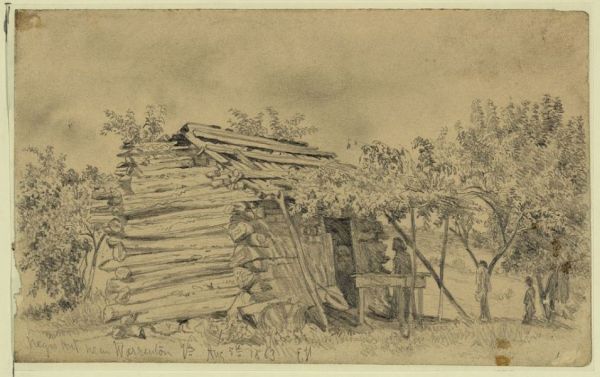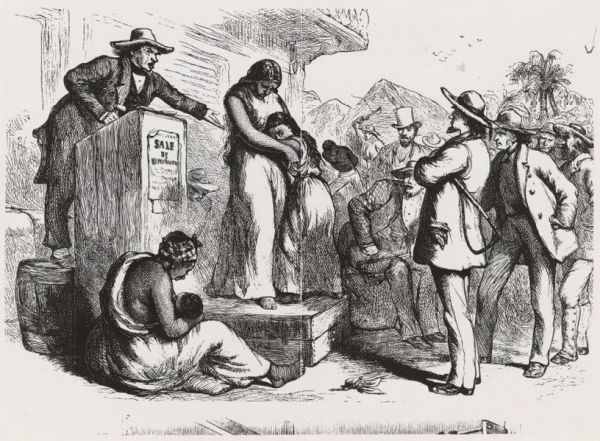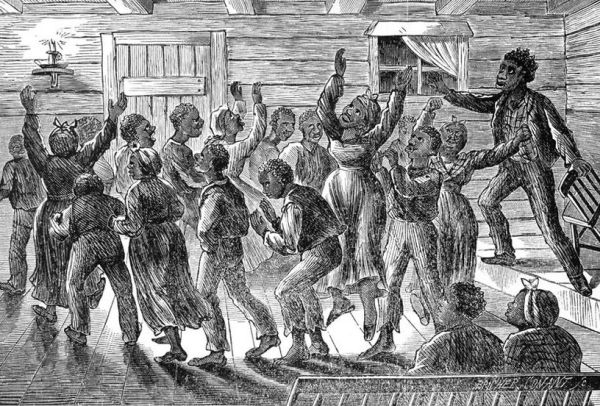Enslaved African Americans lived under harsh conditions but built strong communities and lasting traditions within them. They labored in many parts of the South, from large cotton plantations to small farms, towns, and cities. Most labored in the fields planting and picking cotton, rice, sugar, and tobacco. Others were skilled laborers such as carpenters, blacksmiths, and drivers. Some labored inside plantation homes as cooks, nannies, or butlers. These jobs sometimes provided better food or clothing. However, they also came with constant supervision and little privacy.

Life was filled with long hours, little food, and rough living conditions. Many enslaved people lived in small cabins with dirt floors and few pieces of furniture. They faced punishment if they resisted or slowed their labor. Laws called slave codes controlled every part of their lives. They could not leave without permission, learn to read, or meet together without a white person present. Families lived with the fear of being separated through sale or inheritance. Parents, children, and spouses could be sent to different places with little hope of seeing each other again.

Even with these hardships, enslaved people built lives full of faith and family. They shared food, stories, and songs that gave them comfort and strength. At night, families gathered in their cabins to pray, sing, and tell stories from the past. Faith helped them believe in a better future. They blended African traditions with Christianity to create new spirituals that expressed strength and freedom.
Some resisted in small and quiet ways. They broke tools, labored slowly, or pretended to be sick. Others ran away to visit family or to seek freedom. A few led uprisings and fought back. Every act of resistance showed their courage and hope.
Through family, faith, and tradition, enslaved people found ways to hold on to their dignity. Their strength and spirit helped shape Southern life and left a legacy that still matters today.

